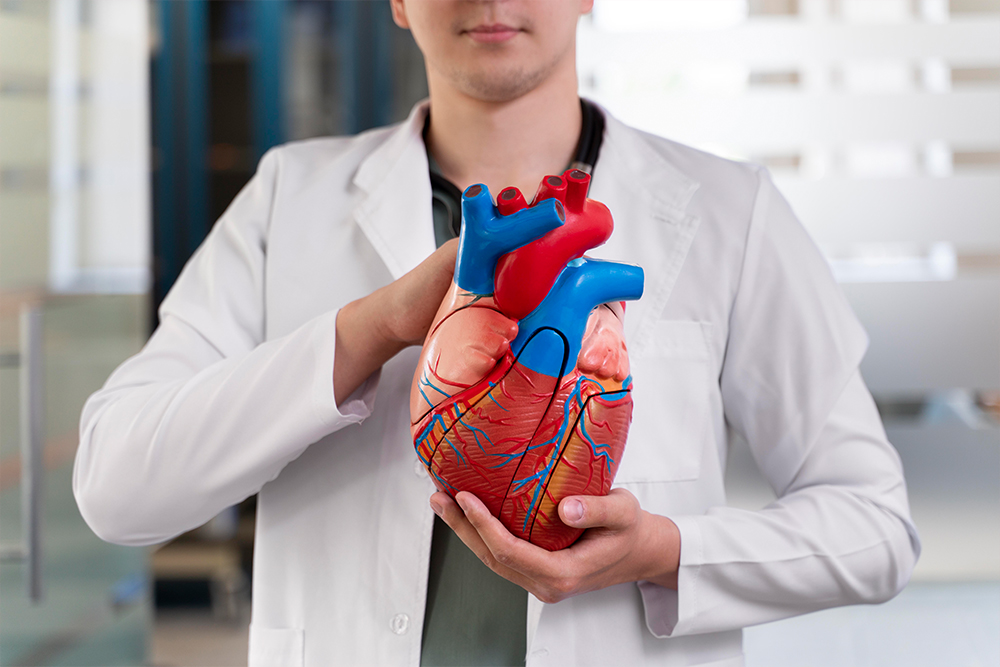

Heart disease, a broad term covering various conditions that impact the heart's structure and function, includes a specific type known as coronary heart disease (CHD). This condition arises when the heart's arteries are unable to deliver sufficient oxygen-rich blood to the heart muscle, which can be really dangerous and sometimes even fatal. In the United States, CHD remains the leading cause of death.
According to the American Heart Association's 2022 Heart Disease and Stroke Statistics Update, coronary heart disease was the most common cause of death from cardiovascular disease, claiming 383,000 deaths.
The signs of coronary heart disease can vary significantly from person to person, even if they share the same type. An expected cardiac issue might also cause symptoms like neck discomfort, chest pain, or shortness of breath that subsides with rest and returns with movement. If the plaque accumulation in the coronary arteries worsens, these symptoms could become more severe.
Awareness is essential for gaining control over this condition. Unfortunately, many individuals may not experience any symptoms, leading them to be unaware of their condition until they encounter chest pain, a heart attack due to blocked blood flow, or sudden cardiac arrest, where the heart stops working unexpectedly.
However, there are still many reasons to be optimistic and hopeful. Early detection and intervention can significantly improve outcomes.
In most cases, coronary heart disease can be prevented or effectively managed through the adoption of a heart-healthy lifestyle. If you are diagnosed with coronary heart disease, it may be necessary to implement heart-healthy lifestyle changes, medications, surgery, or a combination of these approaches to effectively manage your condition and prevent severe complications.